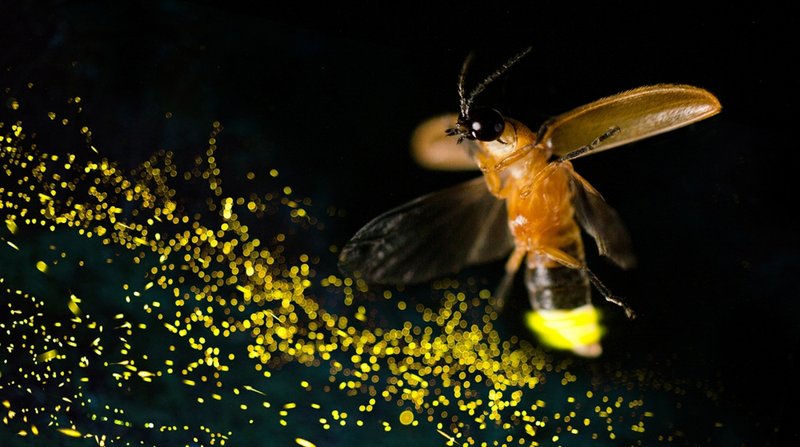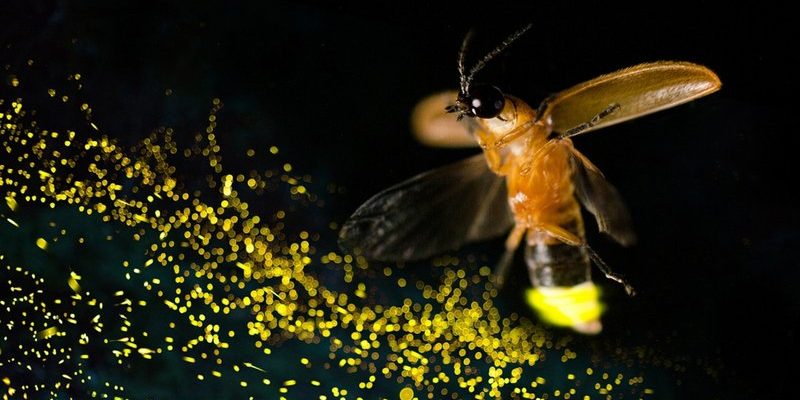
You might be surprised to learn that not all flies are created equal. There are thousands of fly species, each with its unique ways of buzzing through life. Some communicate through vibrant displays, while others rely on chemical signals. Let’s dive into the intriguing world of fly communication, where you’ll see how these creatures manage to connect, cooperate, and sometimes compete with each other.
Body Language: Flies and Their Movements
Flies are all about movement when it comes to communicating. Watching a fly can feel like observing a mini aerial dance. They use their wings and body positions to convey messages to one another. For example, the way a male fly hovers near a female can signal its interest. It’s like a guy leaning in closer to a girl at a bar—just a bit more, um, insect-like!
When flies want to say, “Hey, I’m over here!” they might perform a series of quick darting movements. These movements can tell other flies about food sources or potential mates. In some species, the intensity and speed of their movements can even communicate their health or vigor. Just imagine a fly doing a little jig as it shows off its fitness!
Another interesting aspect of fly body language is posturing. A fly might spread its wings or stand taller to assert dominance. This is similar to how some animals puff up to appear larger and more intimidating. So, while it may look like they’re just going about their day, there’s a lot more happening beneath the surface!
Chemical Signals: The Language of Scents
When it comes to communication, flies are real pros at using chemical signals, or pheromones. This method is like sending out invisible text messages that say, “Hey, over here!” Flies release these chemicals to attract mates, mark territory, or even warn others about dangers.
For instance, when a female fly is ready to mate, she releases specific pheromones that can be detected by males from quite a distance. It’s like using a perfume that only flies can smell! Male flies can sense these wafts of scent with their antennae, honing in on the source to find a potential partner.
But pheromones aren’t just for love. Flies also use them to signal the presence of food. If one fly finds something tasty, it will release a trail of pheromones, inviting others to join the feast. Imagine throwing a party and sending out a group text to all your friends—it’s kind of like that!
Sound Communication: The Buzz of Interaction
Believe it or not, flies also communicate using sound. While their buzzing may just seem like background noise to us, it carries messages within the fly community. The frequency and pattern of their buzz can indicate whether they’re feeling aggressive or friendly.
For example, male flies often engage in a buzzing duel to attract females. They create specific sounds by rapidly beating their wings, which can lead to competition between males. It’s like a talent show where the loudest and most talented wins the admiration of the audience. This buzzing can communicate not just fitness but also willingness to mate.
Interestingly, the sound produced varies by species. While we might not be able to hear the subtle differences, flies certainly can. This sound communication is essential in their social interactions, helping them establish relationships and maintain social order.
Vision: The Role of Sight in Fly Communication
Flies have impressive vision, which plays a big role in how they interact. Their compound eyes allow them to see a wide range of colors and detect movement quickly. This ability helps them identify mates, food, and even potential threats.
In some species, males might display bright colors or patterns on their bodies to catch the attention of females. This is similar to how brightly colored birds engage in courtship displays. The better the fly can show off its colors, the more likely it is to attract a mate.
Moreover, flies also rely heavily on their visual cues when navigating their environment. They use quick movements and visual signals to avoid obstacles, ensuring they stay on the move while interacting with others. So, when you see a fly zipping around chaotically, remember, it’s just trying to keep the communication flowing!
Social Structures: Hierarchies and Interactions
Believe it or not, flies can have complex social structures. In some species, there are clear hierarchies, where dominant flies establish their status through displays of aggression or size. This hierarchy influences how they interact with one another, including mating and feeding behaviors.
In a fly community, certain individuals may have more access to food or mates simply because they’ve established themselves at the top of the social ladder. It’s a bit like how cliques form in schools, where the more popular kids often get first dibs on everything.
These social dynamics can also lead to interesting behaviors, like grooming interactions, where one fly cleans another. This serves to strengthen social bonds and can build alliances. It’s fascinating to see that even in the insect world, relationships matter!
Conflict Resolution: How Flies Handle Disputes
Like any community, flies sometimes face conflicts. Whether it’s over food or mates, these little creatures have their ways of resolving disputes. Often, they use displays of aggression or intimidation to establish dominance without needing to engage in physical fights.
For example, if two male flies vie for the same female, they might engage in a series of threatening movements. This can include aggressive buzzing or flashy wing displays. Rather than a full-on brawl, these acts serve as a warning to one another. Just like in human interactions, it’s often better to settle things verbally than through violence!
In some cases, if a fly finds itself outmatched, it might back down gracefully. This helps maintain peace within the community and prevents unnecessary injuries. It’s amazing how even tiny creatures can have social strategies to keep the peace!
Why This Matters: The Bigger Picture of Fly Communication
Understanding how flies communicate and interact isn’t just fascinating; it has broader implications, too. For researchers, studying these interactions can provide insights into social behaviors that apply even to larger animals, including humans. Plus, it helps in understanding ecosystems, as flies play a crucial role in pollination and decomposition.
Additionally, by studying fly communication, scientists can enhance pest control methods. Knowing how flies interact can lead to better strategies for managing their populations in agricultural settings. It’s a win-win for both humans and the environment!
So next time you see a fly buzzing around, take a moment to appreciate the complex world of communication and interaction at play. These little creatures are more than just pesky insects; they’re part of a rich tapestry of life that helps our ecosystem thrive.
In the end, flies might not be the cuddliest creatures around, but their sophisticated ways of communicating and interacting reveal just how much can happen in a tiny body. Understanding their world gives us a clearer perspective on the interconnectedness of all life, no matter how small.

